This marks the second month without wages for many, with staffing levels stretched to the limit. Some facilities are struggling to maintain even basic coverage.
Others are reading now
Parts of American airspace could be closed in a matter of days, according to US transport secretary Sean Duffy, as the ongoing government shutdown puts pressure on essential aviation services.
The warning has sparked fears of mass travel disruption, both domestically and internationally.
Duffy: “We may shut down airspace for safety”
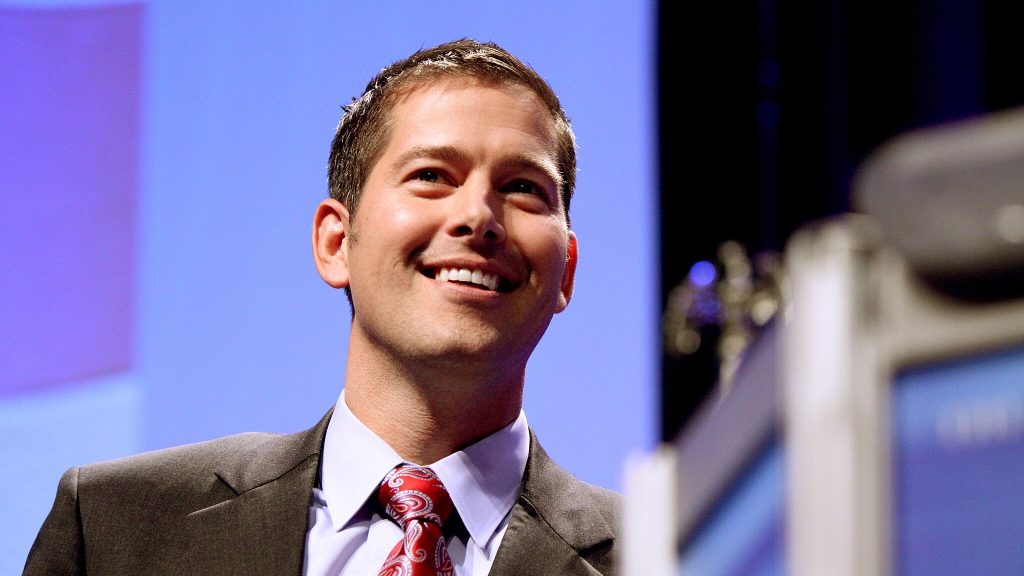
Speaking at a press conference, Duffy issued a stark message: “You will see mass flight delays.
You’ll see mass cancellations. And you may see us close certain parts of the airspace.” He explained that without adequate staffing, the system simply cannot operate safely.
Controllers working without pay as shutdown drags on
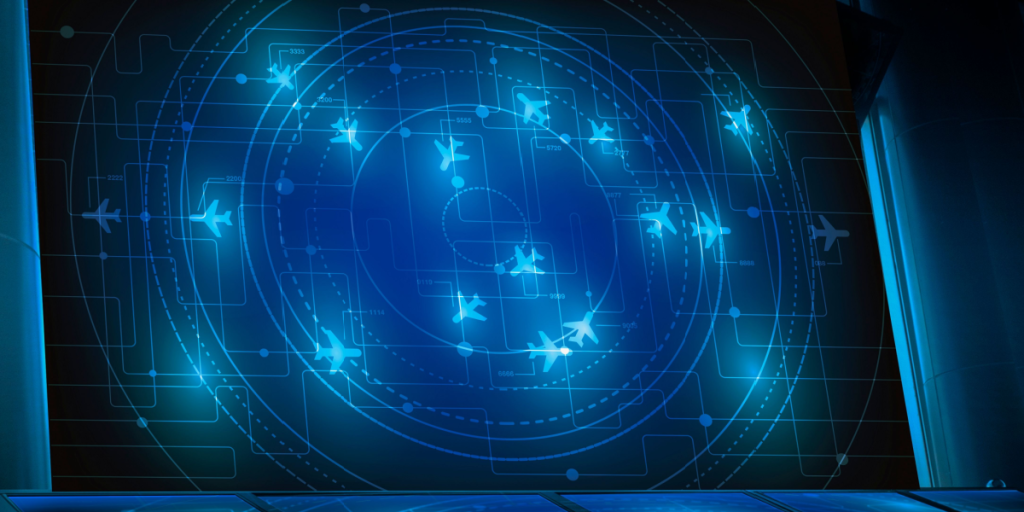
Roughly 13,000 air traffic controllers are currently working without pay, according to the FAA.
Also read
This marks the second month without wages for many, with staffing levels stretched to the limit. Some facilities are struggling to maintain even basic coverage.
Staffing crisis hits nearly half of key FAA facilities
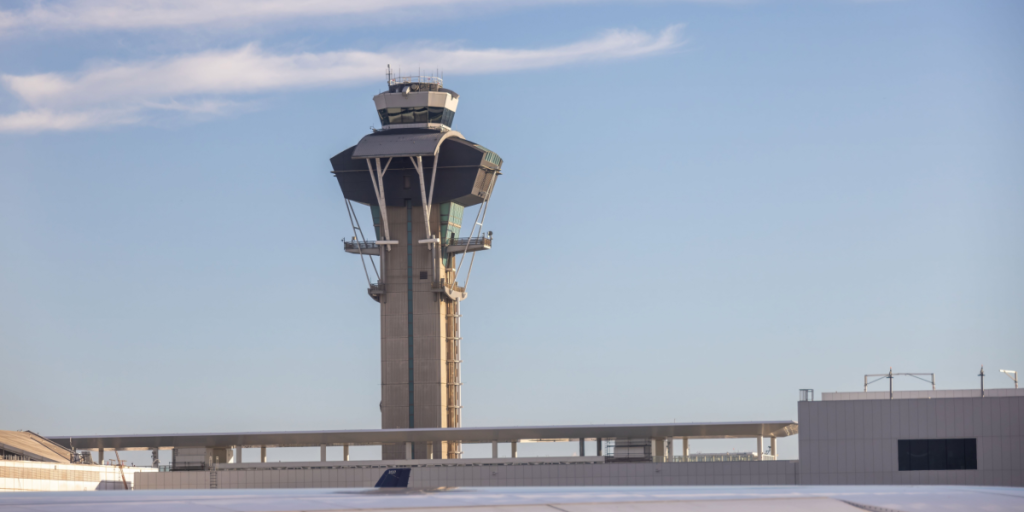
The FAA revealed that almost 50% of major air traffic control centres are facing staff shortages.
While workers are required to show up, many are calling in sick or unable to continue unpaid, leaving gaps in the system that could jeopardise flight operations.
Air safety “still intact” — but barely

Duffy said the aviation system remains safe, for now. “People always ask me, is the system safe? And I would tell you yes.
But with this shutdown, it would be dishonest to say that more risk is not being injected into the system,” he cautioned.
Also read
Second jobs just to survive

Many controllers have been forced to pick up other jobs to cover their expenses. “They have to work those two positions because their colleagues have called in sick or they’re waiting tables or they’re driving Uber,”
Duffy explained, painting a bleak picture of the current workforce strain.
New York region hit especially hard

In the past week, nearly 80% of air traffic controllers assigned to the New York area were absent.
This region handles some of the country’s busiest air corridors, making it particularly vulnerable to cascading delays and flight disruptions.
Controllers covering multiple roles to keep system going
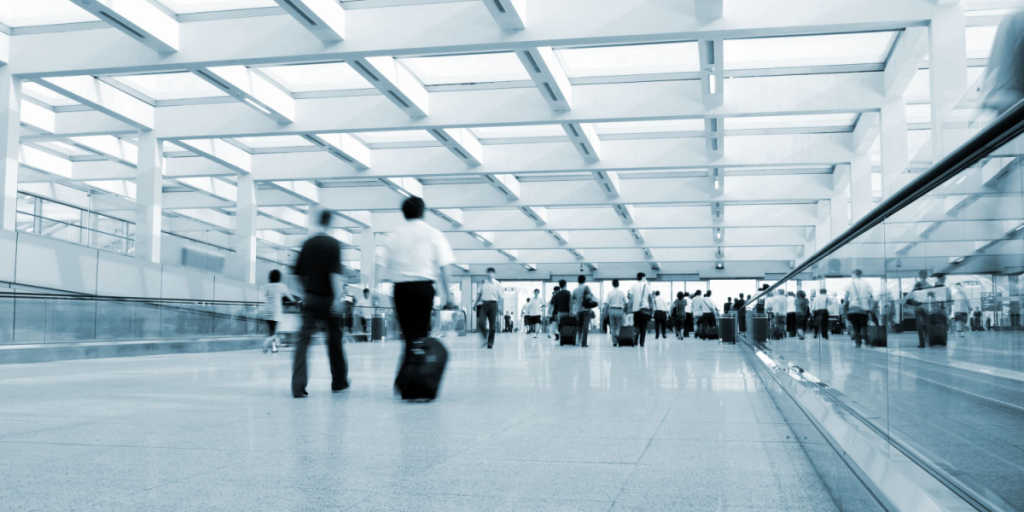
Even before the shutdown, many air traffic control centres were stretched thin.
Also read
Now, controllers are being asked to take on double shifts or cover two positions at once, often without relief, dramatically increasing the risk of burnout and mistakes.
Growing fears of mass flight delays and cancellations
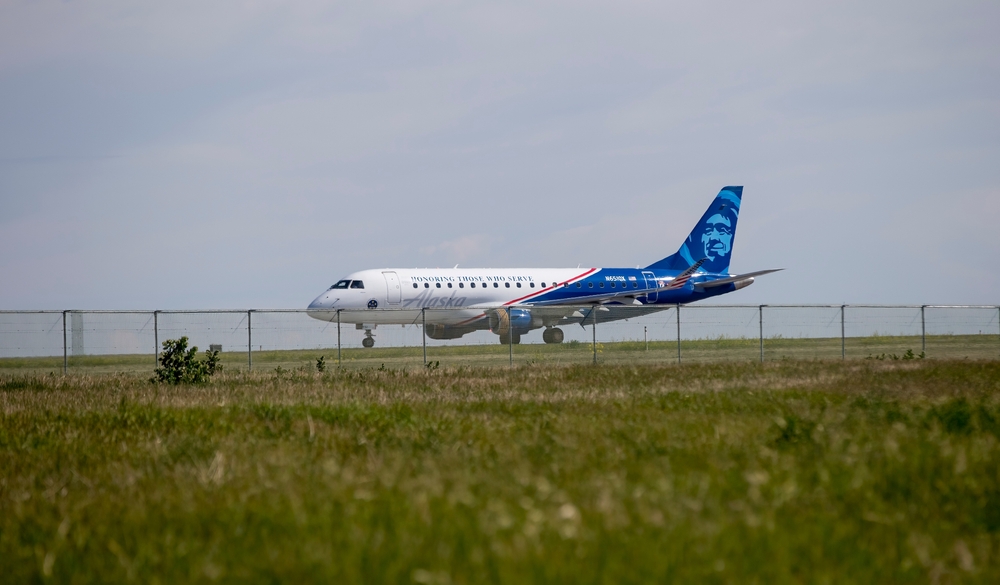
Industry experts warn that if the situation doesn’t improve quickly, passengers will face increasing delays, missed connections, and widespread cancellations.
Airlines are already preparing contingency plans in case major control facilities go offline.
No legal way to pay workers during shutdown

Duffy made clear that the Department of Transportation cannot simply redirect funds to cover wages.
“The law doesn’t allow me to say, ‘Congress hasn’t funded the government, I’ll just go find money and pay air traffic controllers.’ That’s not how our government works,” he said.
Also read
Political deadlock with no clear end in sight

The shutdown began on October 1 after lawmakers failed to pass a federal budget. It’s now the longest in seven years, and with talks stalled, no resolution appears imminent.
Essential services like air traffic control are being hit the hardest.
Aviation now a key battleground in shutdown standoff

As travel delays pile up, aviation has become a major flashpoint in the political impasse.
With holiday travel approaching, pressure is mounting on both parties to act before the situation spirals into full-blown chaos for travellers worldwide.
International ripple effects expected if closures begin
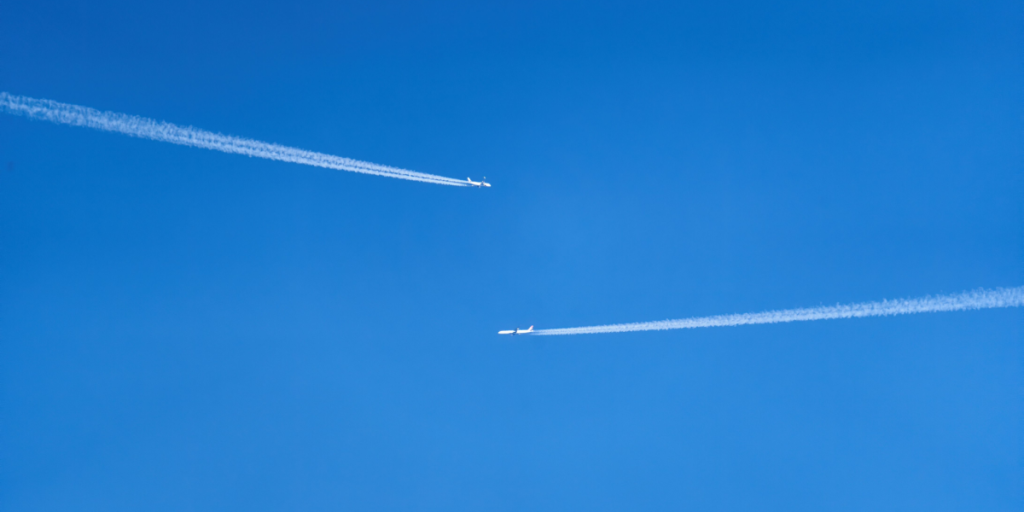
If US airspace closures go ahead, the fallout won’t be confined to America.
Also read
Global airlines rely heavily on US-controlled air corridors, and disruptions could lead to scheduling nightmares across Europe, Asia, and beyond, compounding the crisis further.


